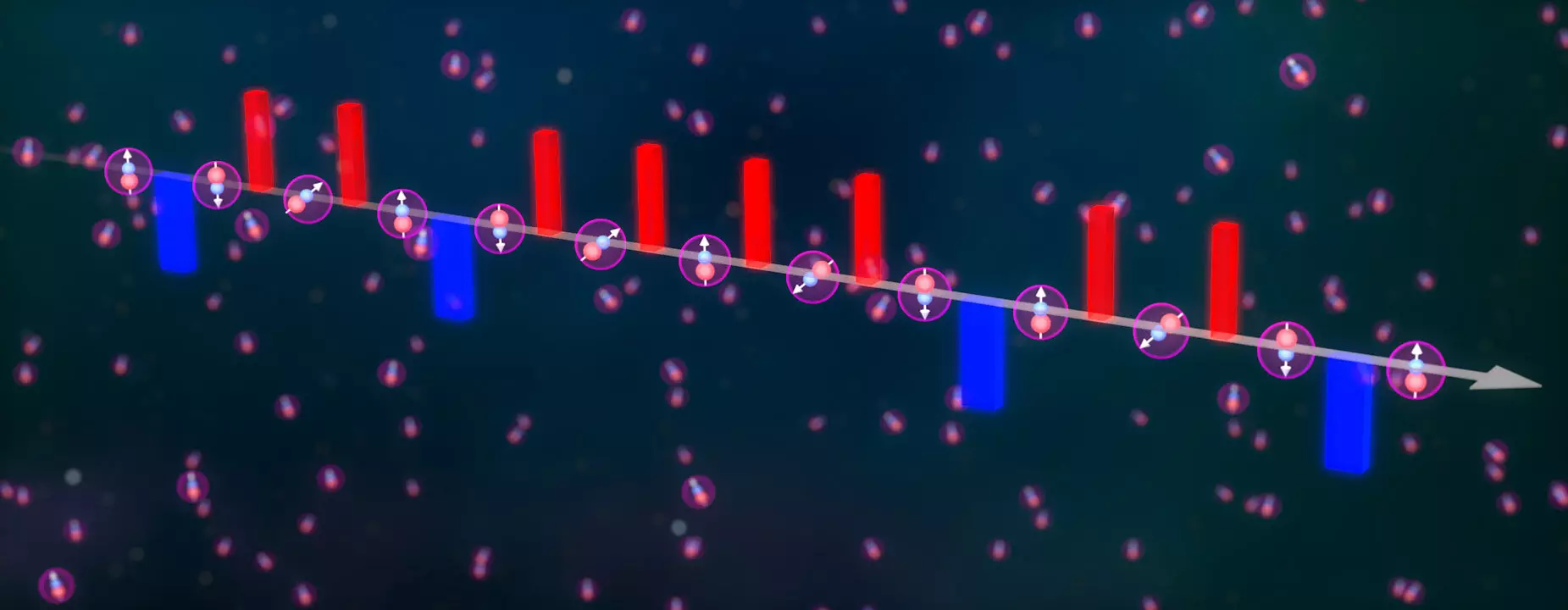In the realm of quantum physics, the interactions between quantum spins play a crucial role in describing various remarkable phenomena such as magnetism and superconductivity. These behaviors, while captivating, have posed significant challenges for physicists aiming to replicate them in controlled laboratory settings. A recent groundbreaking study published in Nature has made considerable strides toward overcoming these challenges, unveiling new approaches to manipulating quantum spins. Lead by Professor Jun Ye from JILA and NIST, in collaboration with Harvard University’s Mikhail Lukin, this research represents a quantum leap in our understanding and application of quantum spins.
At the heart of this groundbreaking research lies the innovative technique known as Floquet engineering. Essentially, this methodology allows researchers to modulate the interactions within ultracold quantum systems using periodic microwave pulses. By employing these carefully orchestrated pulsations, Ye’s team successfully tuned the interactions between ultracold potassium-rubidium molecules, a promising platform in quantum simulations. The unique properties of these polar molecules make them particularly suitable for studying intricate quantum interactions, laying the groundwork for potential advancements in quantum sensing and entanglement.
The application of Floquet engineering can be likened to a sophisticated “quantum strobe light,” where altering the timing and strength of the pulses can create a variety of quantum effects. This breakthrough is critical given that traditional methods often imposed limitations on the number of interactions that could be achieved. The experiment’s lead author, graduate student Calder Miller, noted the transformative potential of this engineering approach: “If we can engineer their interactions, in principle, we can create entangled states that give better sensitivity to new physics.” This statement underscores the promise of the research, emphasizing its relevance in probing new physical phenomena.
Before delving into the intricacies of Floquet engineering, the researchers first embarked on encoding quantum information within the molecular system by accessing the two lowest rotational states of the potassium-rubidium molecules. By applying an initial microwave pulse, the molecules were placed into a quantum superposition of these two states. This operation is fundamental in quantum mechanics, as it allows for the exploration of different quantum behaviors through superposition and entanglement.
Following the establishment of this quantum superposition, the researchers then utilized Floquet engineering to explore two prominent spin models, namely the XXZ and XYZ spin models. These frameworks provide critical insight into the interactions of quantum spins and are instrumental in understanding a variety of magnetic materials and many-body systems. By treating the molecules as dancers whose movements are influenced by their interactions with one another, the researchers offered an intriguing visualization of quantum spin dynamics. The concept of ‘dance’ serves to simplify the complex interactions, illustrating how quantum spins can be altered through external controls like the microwave pulses.
A major highlight of the research emerged when the team observed two-axis twisting dynamics within their experimental system. This phenomenon, which involves manipulating quantum spins along two distinct axes, is noteworthy in that it can generate highly entangled states. Such entanglement becomes invaluable for enhancing the precision and sensitivity of quantum measurements and quantum sensors. The ability to produce spin-squeezed states reduces uncertainty in one component while amplifying it in another, thus improving experimental outcomes greatly.
Miller expressed the excitement of the team when they first noted signs of two-axis twisting in their system, reflecting the intense effort invested in reaching this milestone. The notion of two-axis twisting, although proposed in previous decades, finds its practical realization only now in this advanced experimental setup, signifying a major step forward in quantum physics research.
While the current study sets a solid foundation for future explorations into quantum entanglement and sensing, the researchers acknowledge that there is still a wealth of work to be done. As the next logical step, the team plans to enhance their detection methods to confirm the generation of these elusive entangled states. Furthermore, this research not only holds promise within the specifics of potassium-rubidium interactions but also raises intriguing questions about other quantum systems and the underlying physics that govern them.
The recent advances reported by Jun Ye and his team signify a monumental step in the field of quantum physics, particularly concerning the manipulation and understanding of quantum spins. The implications of this research stretch far beyond the confines of theoretical inquiry, potentially paving the way for novel technologies in quantum computing and sensing. As the quest for quantum mastery continues, researchers are poised to unravel increasingly complex interactions in the fascinating world of quantum mechanics.


Leave a Reply